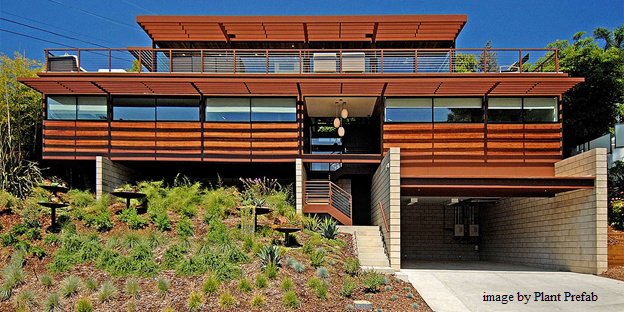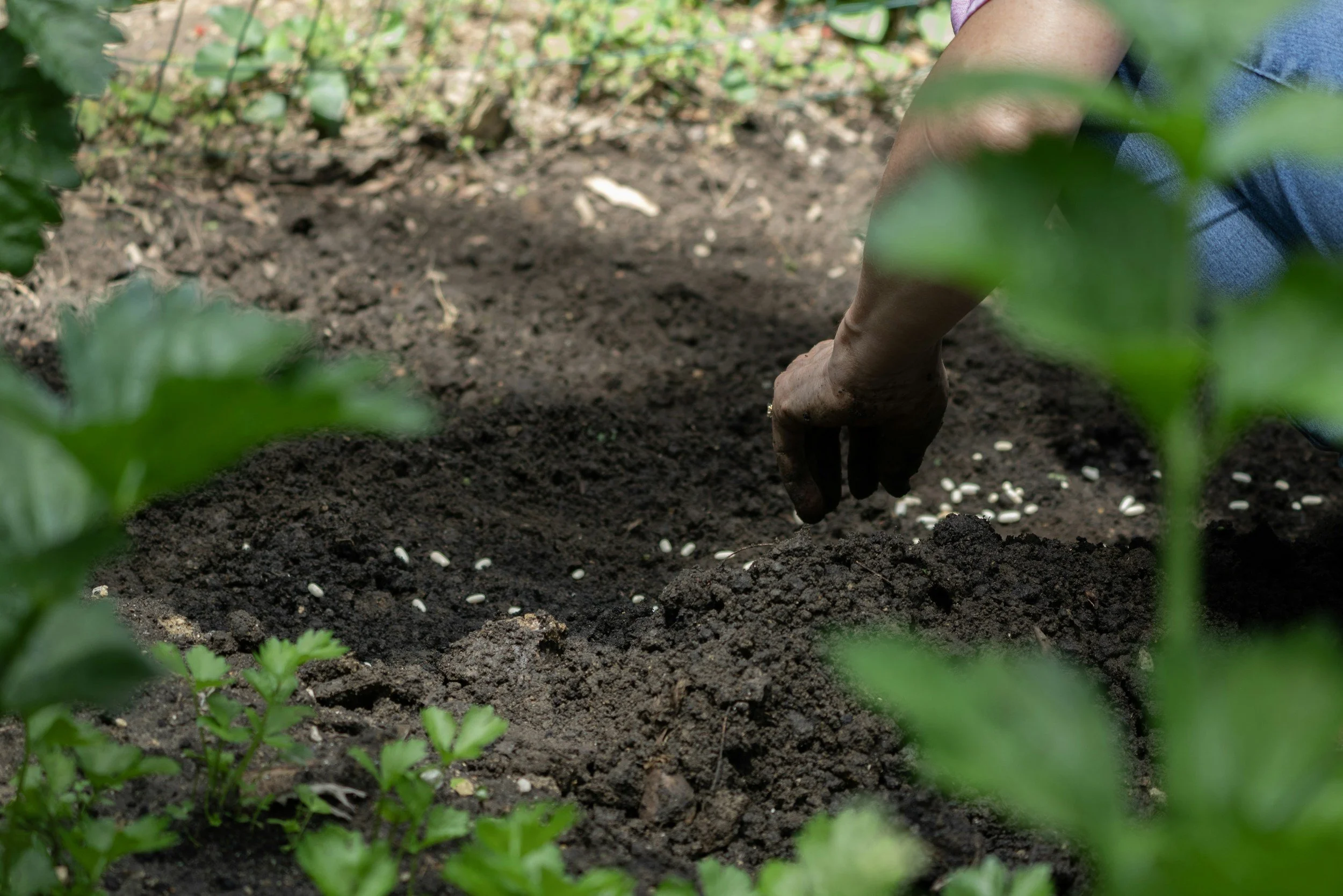Guest post by Roof Stores
With the population ever-growing, the construction of residential and commercial properties is encroaching more and more into wildlife habitats, affecting how animals are able to live. The expansion of urban areas is leading to 1 in 10 UK wildlife species facing extinction, and this is something that we have a responsibility to try and change.
An important focus is being placed on solutions to allow us to continue to construct and build infrastructure, whilst also allowing us to peacefully coexist with the surrounding animal species and cause as little harm as possible to their natural habitats; this shift in focus is leading to the term ‘conservation-friendly construction’.
Not only is the construction of houses changing, specific elements within buildings are being developed to further help animals. Very specific innovations, such as changing the glass in windows to a different reflective nature so that birds don’t confuse them with flying into foliage or clear sky, are becoming more advanced. This is a simple addition to any home, one which shows that conservation-friendly construction doesn’t need to take over the whole house. Instead, small touches like these can make a difference to the welfare of wildlife.
Take a look at the infographic by Roof Stores below to get a better sense of existing issues and see how conservation-friendly construction can remedy them.
Read More

















































